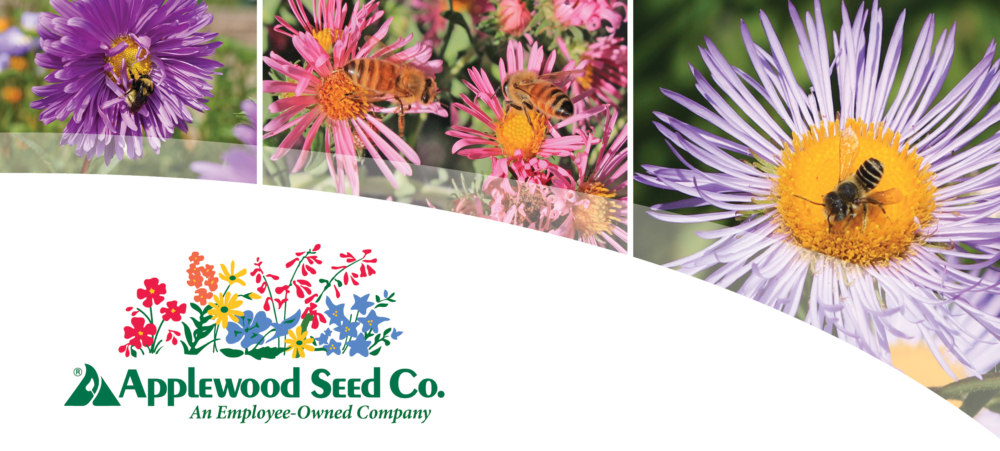
All About Asters
These late bloomers work double-time providing pollen and wonderful fall foliage
When it comes to late-season color, the Aster is King. These diverse and hardy forbs are essential end-of-season food for pollinators in wild ecosystems and keep gardens and landscapes colorful long after other flowers have faded. While many late summer perennial species tend to range from gold to yellow, Asters add variety with a feast for the eyes in purples, whites, lavenders, and pinks, not to mention their foliage blushed burgundy in the Fall. Below we present a short history of this starry-flowered family and highlight some of our best late-season Asters with abundant stock ready for prompt shipment.
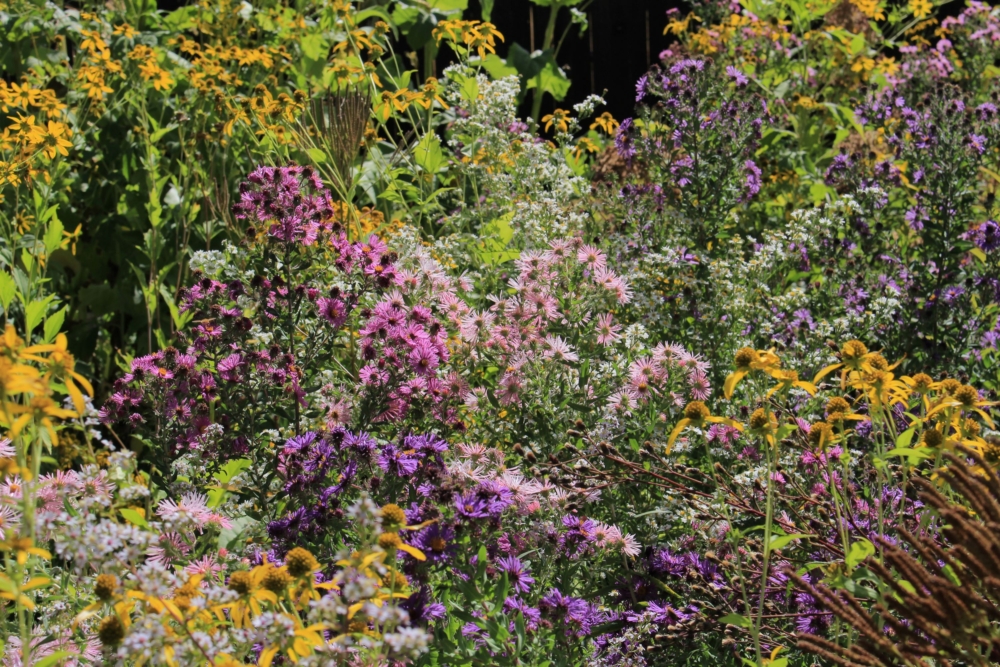
The definition and naming of Asters has been contentious since as far back as the 1800’s when their taxonomy was still being classified. In recent decades, almost all North American “Asters” have actually been renamed and transferred to other genera, with a large portion moving to the Symphyotrichum genus. In fact, only one native species remains a true “Aster” in North America- Aster alpinus. This is largely due to research started in the mid-90s by botanist Guy Nesom, showing that none of our North American Asters are genetically related to their true Eurasian Aster cousins at all, but are in fact more closely related to our native Goldenrods (Solidago), Fleabanes (Erigeron), and False Asters (Boltonias). To the average garden grower and horticulturist, these changes in name don’t change how these hardy plants can be showy, pollinator-powerhouses in our landscapes, but knowledge of their new scientific names can help avoid confusion when presented with non-standard common names.
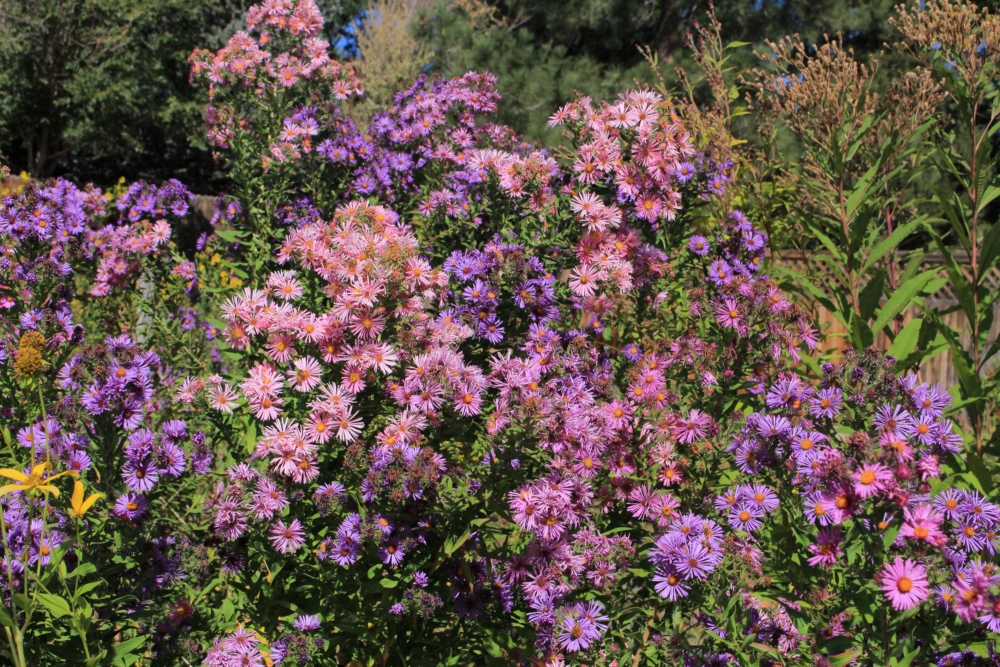
New England Aster- (Syn. Symphyotrichum novae-angliae)
New England Aster – (Aster novae-angliae Syn. Symphyotrichum novae-angliae)
By far considered one of the showiest native asters in cultivation, New England Aster is widespread in moderate to moist sites across most of the US and much of Canada and is generally regarded as non-invasive. This perennial has a rather unique distinction of producing not just one, but an array of flower colors in varying shades of bubblegum pink, rose, blue-violet, and warm purple that wind up covered in native bees and honey bees from late Summer through early Fall. Unlike other tall native species, New England Aster resists lodging and toppling over during wet periods as it is tolerant of wetter soils and occasional flooding, making it a fabulous candidate for bioswales, rain gardens, moist meadows, and wetland or streamside reclamation in addition to prairie restorations and roadside beautification. Stand aside Pampas and Reed grasses, this Aster is equally at home in garden settings as a towering, floriferous alternative behind other natives and garden varieties.
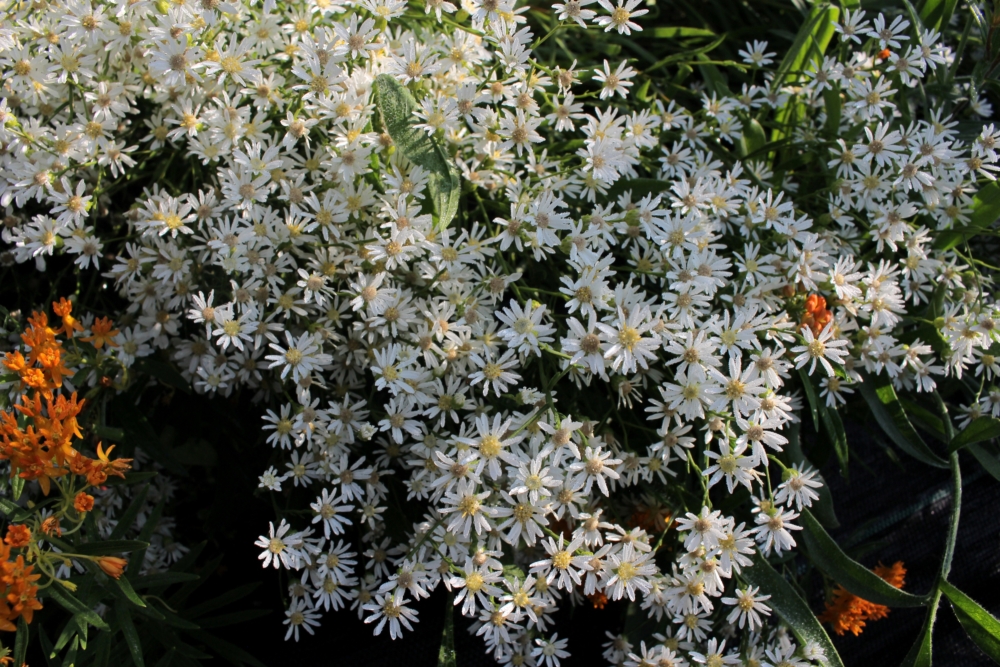
White Upland Aster- (Syn. Oligoneuron album or Solidago ptarmicoides)
White Upland Aster – (Aster ptarmicoides Syn. Oligoneuron album or Solidago ptarmicoides), a.k.a. Prairie or White Upland Goldenrod
Moving to the dryer, shorter side of the spectrum, White Upland Aster is a petite perennial native to central and eastern Canada as well as the northeastern and north-central United States. These drought-tolerant plants are typically found in dry, calcareous prairies, open woods, bluffs, and sandy sites, making them ideal for challenging xeric areas as well as CRP practices and pollinator plantings. Froths of dainty white flowers cover mounds of shiny leaves that blush red in late summer, providing gorgeous late-season textures with cool white hues that glow in the evening moonlight. This “Aster” has actually been found to be a white-petaled Goldenrod (Solidago) genetically speaking (and can actually hybridize with other Goldenrod species in the wild), but still bears mentioning as a valuable member of our common “Aster” offerings. Like its Goldenrod sisters, the White Upland Aster is popular with many small native bee species and butterflies, as well as finches that feast on the seeds in the Fall.
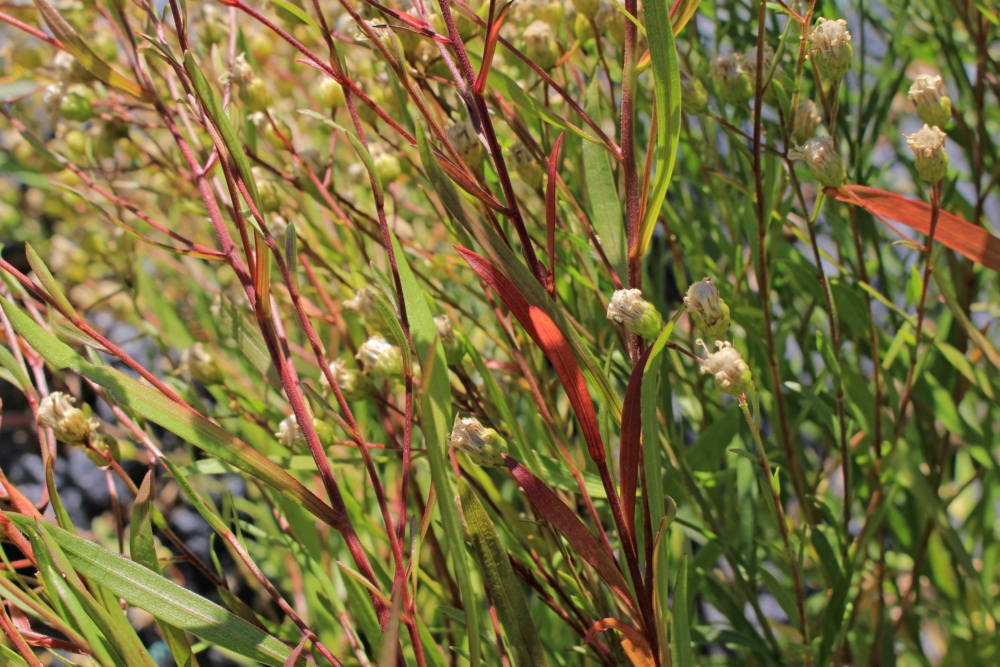
White Upland Aster leaves in Fall 2021.
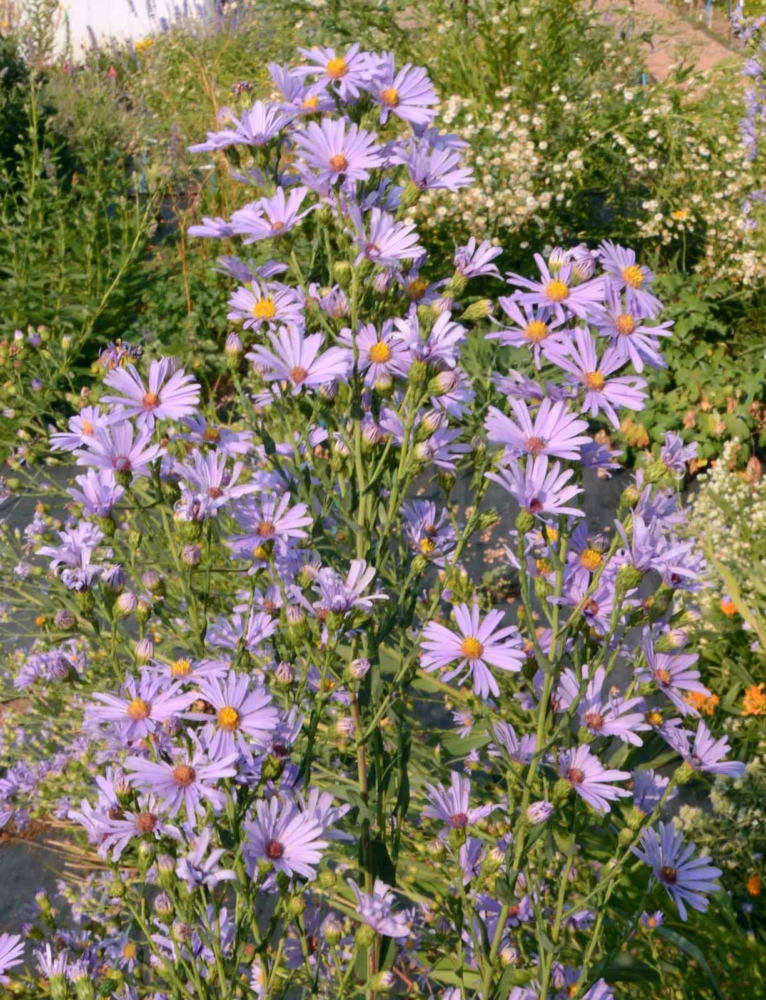
Smooth Aster- (Syn. Symphyotrichum laeve)
Smooth Aster – (Aster laeve Syn. Symphyotrichum laeve)
Another tall, showy Aster with beautiful fall foliage, Smooth Aster has perhaps a more formal look than other species. Smooth Aster is a perennial native to the Eastern United States and Canada and can be found in prairies, savannas, forest openings, woodland edges, and roadsides. The pale violet flowers attract all sorts of native bees, honey bees, and other pollinators in mid to late Summer and Early Fall, and contrast beautifully with cool green leaves that turn a stunning burgundy late in the season. Plants are adaptable and easy to grow in multiple settings, especially in areas where some color is desired in the back of a border that can’t quite accommodate the taller and broader New England Aster. Smooth Aster also resists lodging and stays upright the whole growing season, and is tolerant of deer grazing and spring fires, earning it a permanent place in meadow gardening, CRP practices, and some fire reclamations.
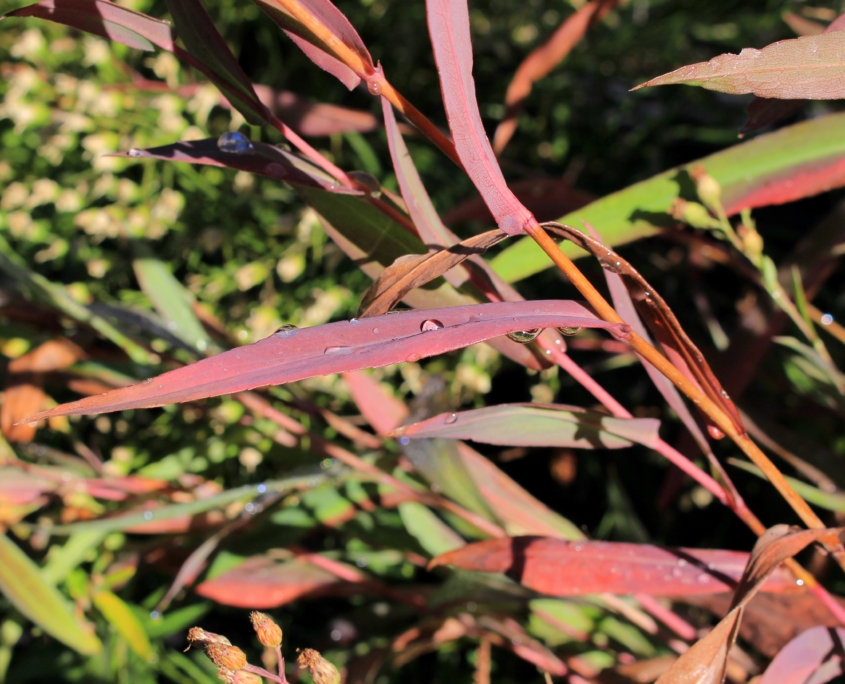
Smooth Aster leaves in Fall 2021
Speaking to that characteristic Aster hardiness, despite coming from rather different native habitats, both Smooth Aster and White Upland Aster were shown to persist quite well on harsh green roof conditions in a 10-year study published in 2017.
China Asters – (Callistephus chinensis)
While not native, no discussion on Asters is complete without a shoutout for these late-season annual rockstars. China Asters excel in the cooler weather of Mid-Summer and early Fall and come in a variety of flower forms larger than native Asters, all in shades of purple, deep rose, pink, violet, and white that provide much-needed color after many annuals have stopped blooming for the season. Exceptionally long-lasting cut flowers, China Asters are at home in garden beds, cottage gardens, and borders where their toothed foliage gives unique texture, as well as pollinator gardens where they provide last-minute food for numerous pollinators. Bouquets aside, get your flower crowns started, as these showy species are purpose-built: the genus name stems from the Greek words kalli- (beautiful) and stephos, meaning “wreath” or “crown.”
Happy planting!
– Elizabeth Hedrick-Collins, M.S., Research & Lab Coordinator

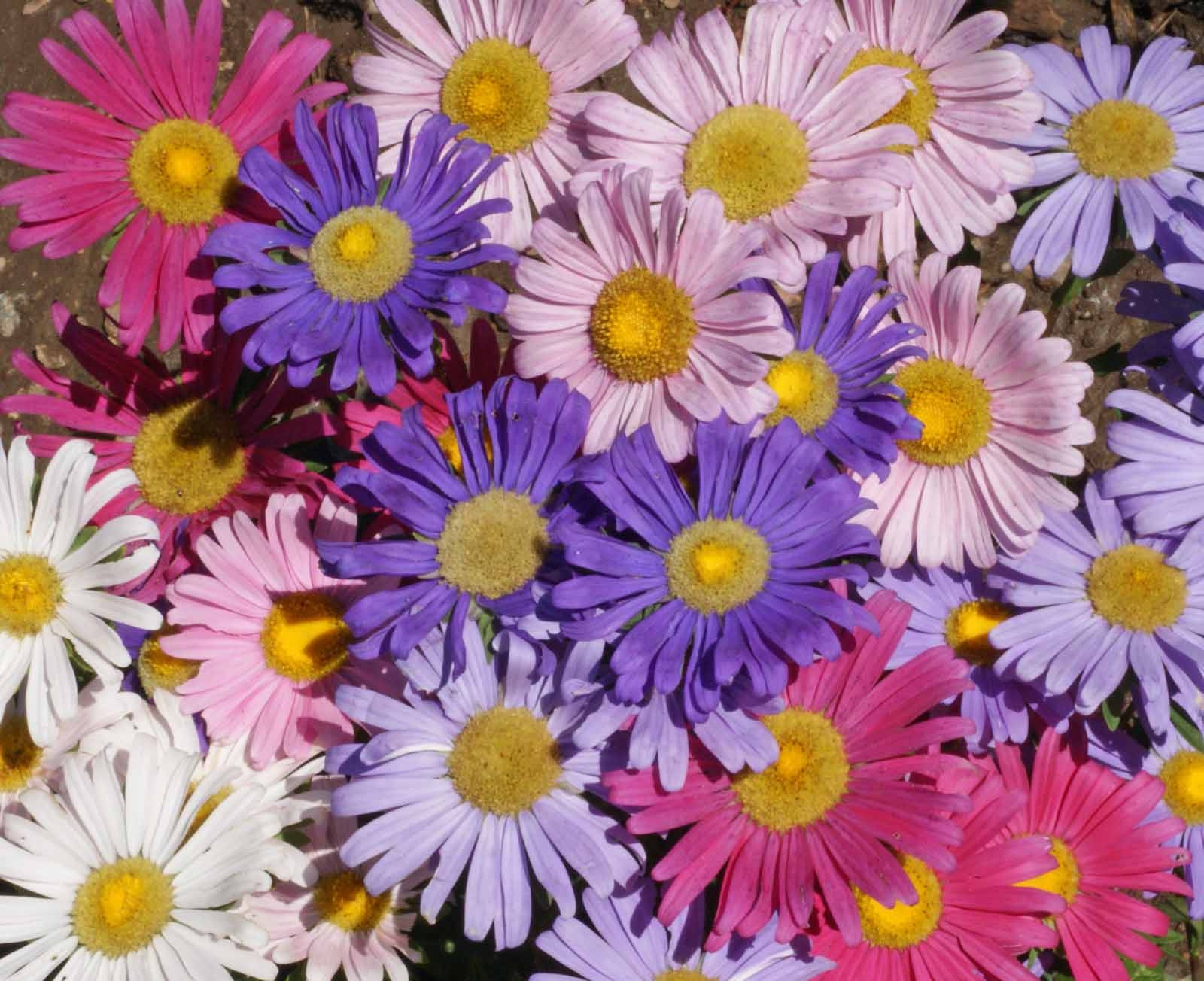
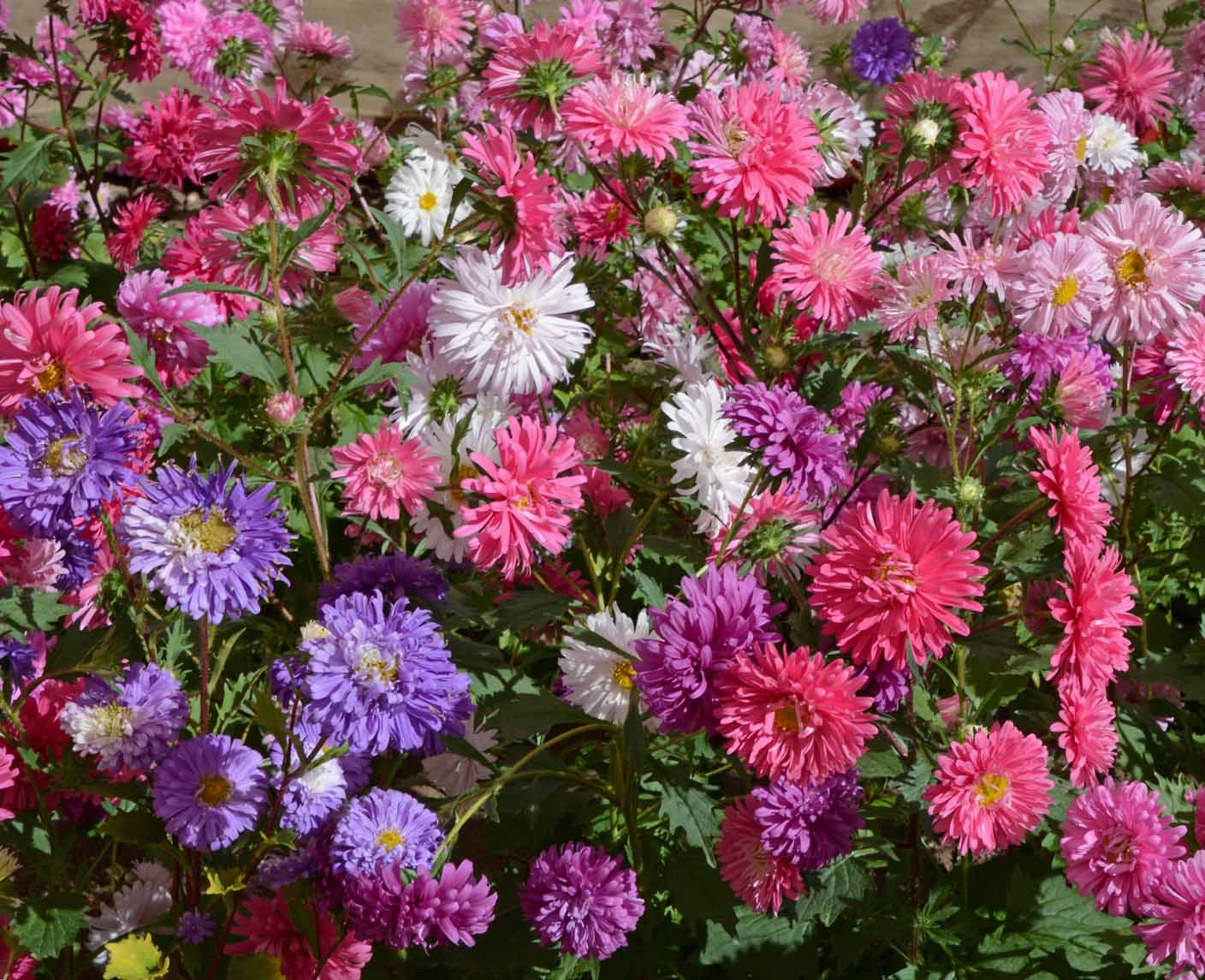
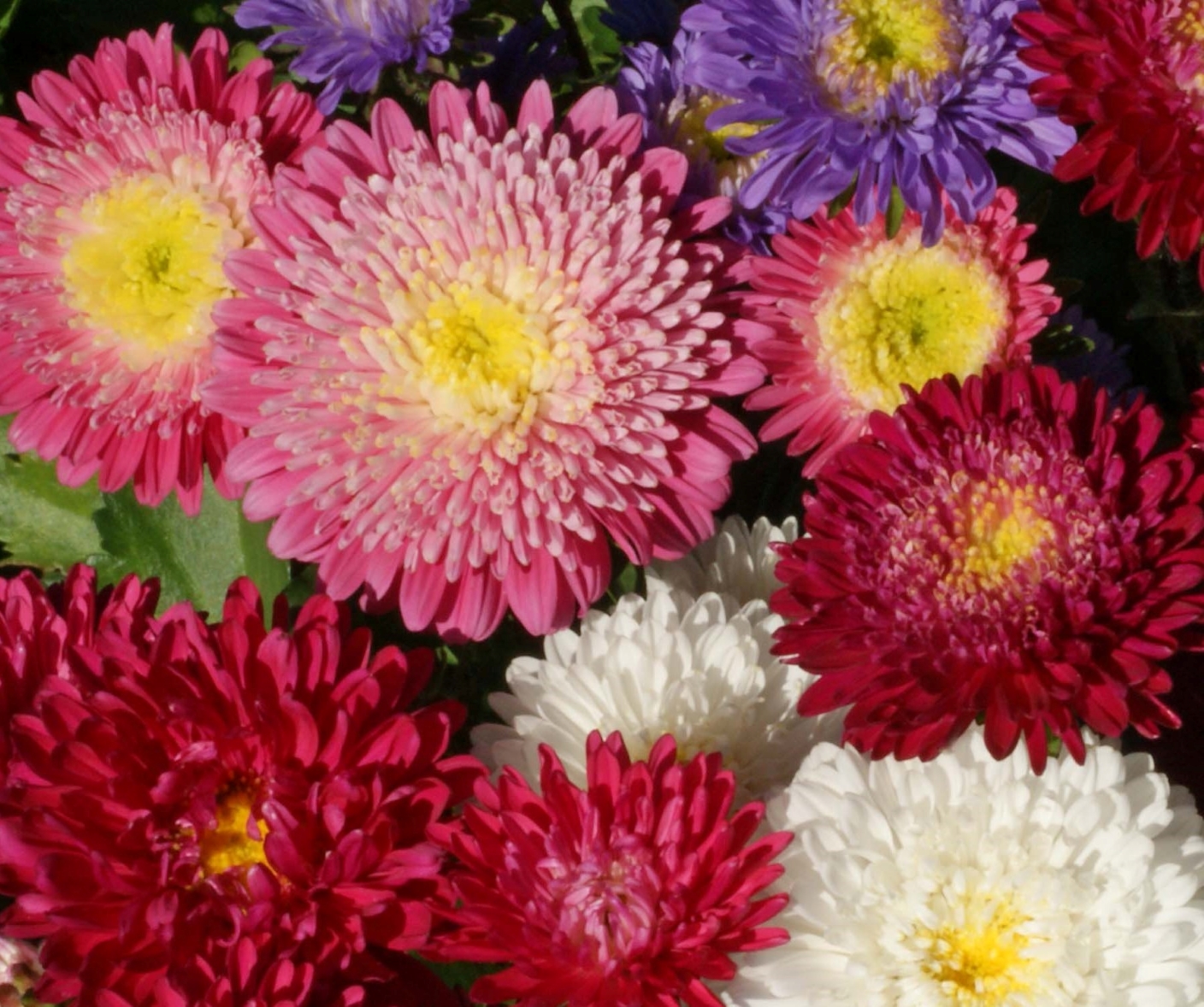
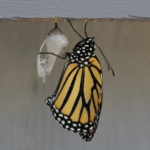
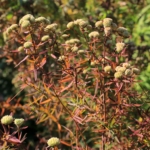
Applewood Seed Co. Announces Strategic Leadership Changes to Drive Business Growth
Applewood Seed Co., an employee-owned company, the leading supplier and wholesaler of open-pollinated flower seeds in the U.S., proudly announces two pivotal promotions within its leadership team. Mary Gomane has been promoted to Vice President of Sales & Production and Joe Eenigenburg has advanced to the role of Director of Sales & Marketing. These strategic […]
Using Flowers as Nature’s Solution to Water Conservation
In the realm of commercial landscaping, traditional turfgrass lawns still reign as the go-to for public and private projects. However in recent years, the practice of replacing turfgrass with flowers has steadily gained popularity, not only for the aesthetic appeal but specifically for the positive impact on water conservation and cost reduction.